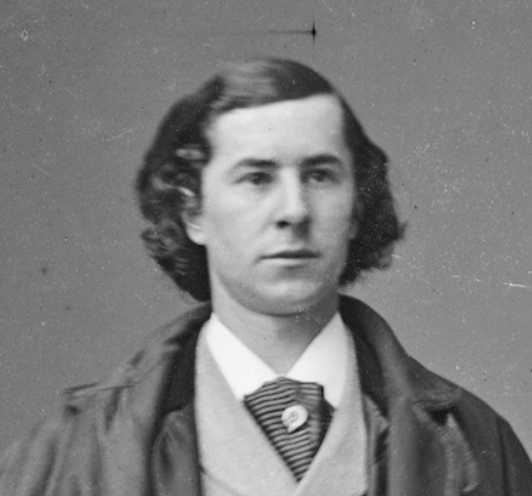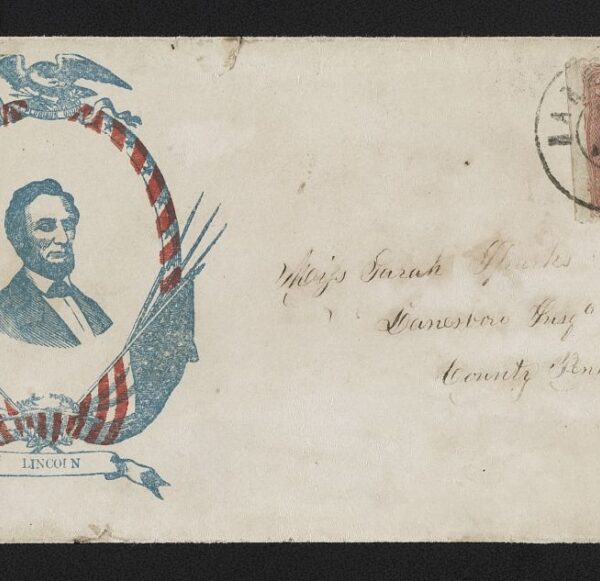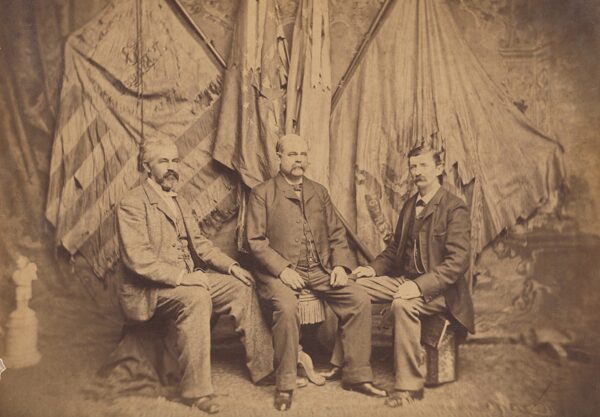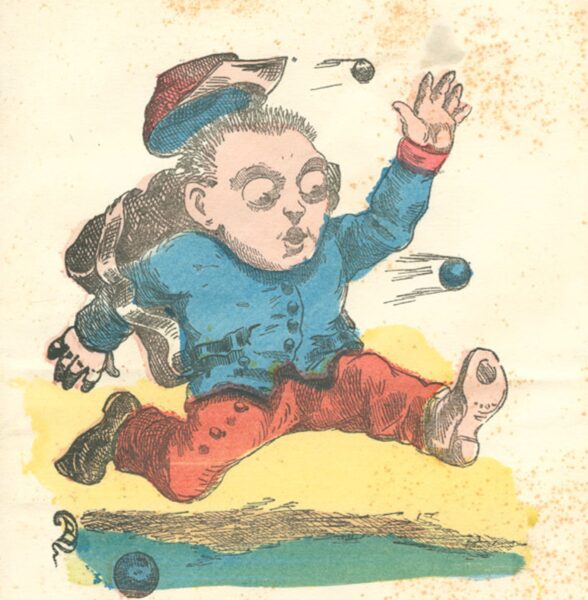The new American Civil War Museum in Richmond, Virginia, had its grand opening May 4, 2019, and we were there to see it. The new facility, which boasts 6,000 square feet of permanent gallery space, aims to cover the Civil War from multiple perspectives: Union and Confederate, enslaved and free African Americans, and soldiers and civilians. Below are images of the state-of-the-art building and its exhibits.
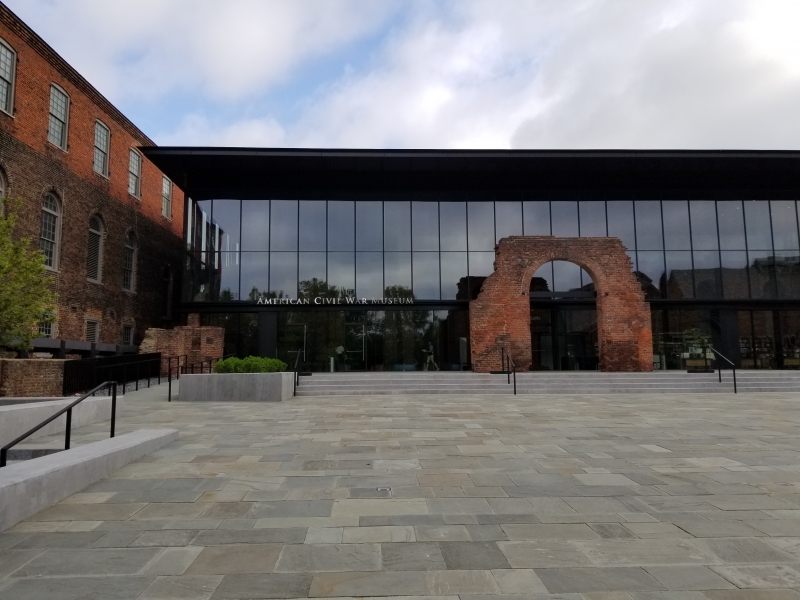
The new museum building is located among the ruins of Tredegar Iron Works, which was essential for the Confederacy’s heavy ordnance and munitions production. Visitors enter the building by walking through the brick archway and past preserved remnants of Tredegar’s mills and foundries. (Zethyn McKinley, The Civil War Monitor)
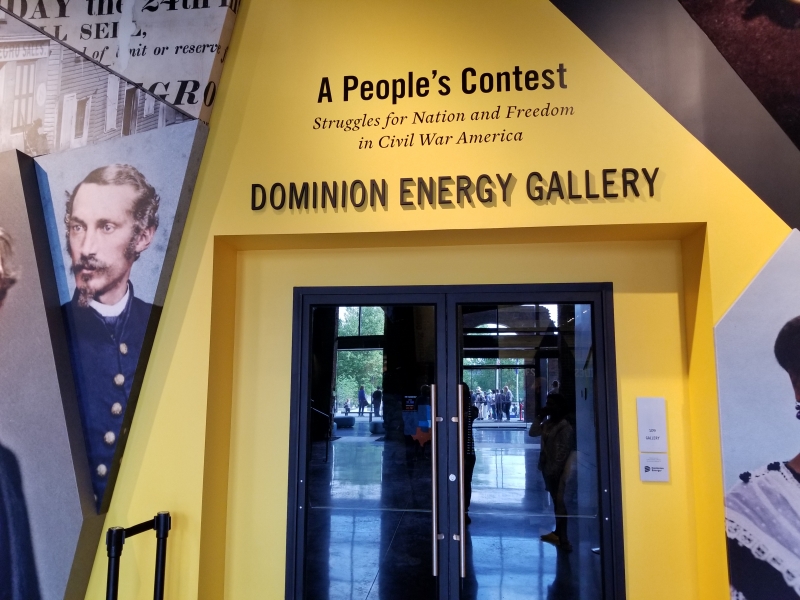
A collage of colorized images adorns the entrance to the main museum gallery—key figures you would recognize like Abraham Lincoln and Jefferson Davis and those who may be unfamiliar. These help transport you to the 1860s and connect you to the people who lived through the Civil War, making them seem all the more real. (ZM)
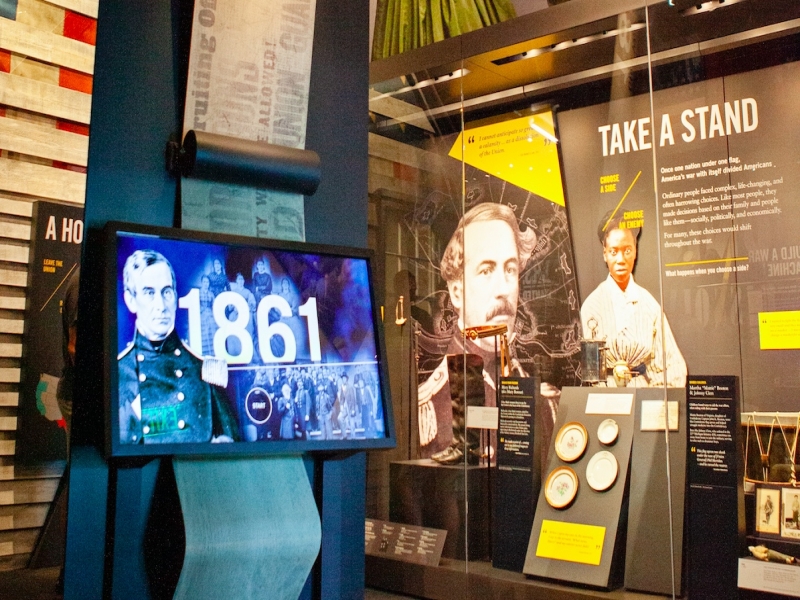
Pillars organize the gallery by year and include interactive screens that allow you to explore specifics about the artifacts in the room. (Penelope Carrington, The American Civil War Museum)
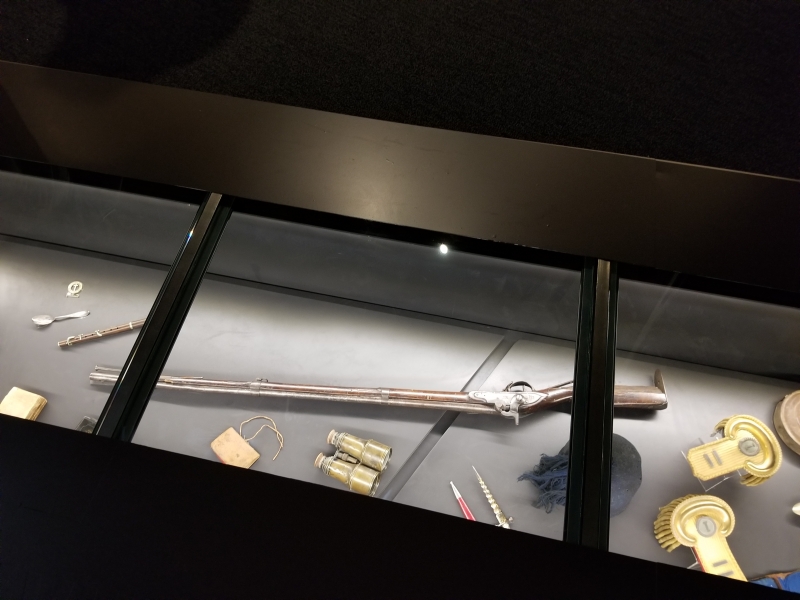
A display under your feet showcases items found on the battlefield, left behind by soldiers on both sides. (ZM)
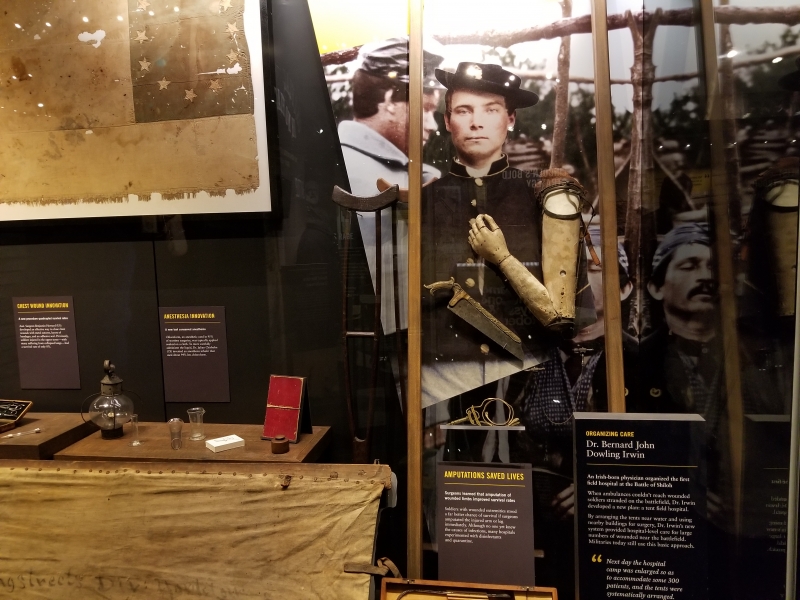
Cases detail different aspects of the war, like this one about medical care and amputations. (ZM)
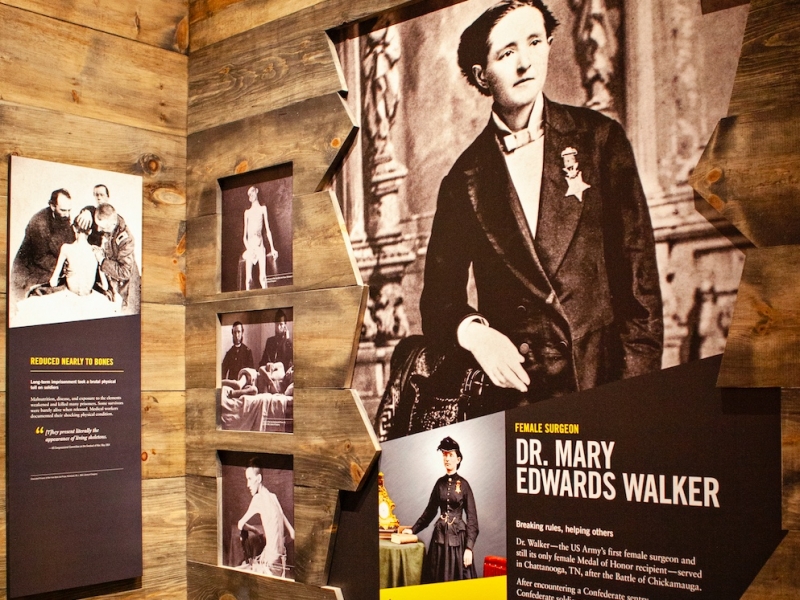
As if looking at a window through time, you can learn about the lives of people like the U.S. Army’s first female surgeon, Dr. Mary Edwards Walker. (PC)
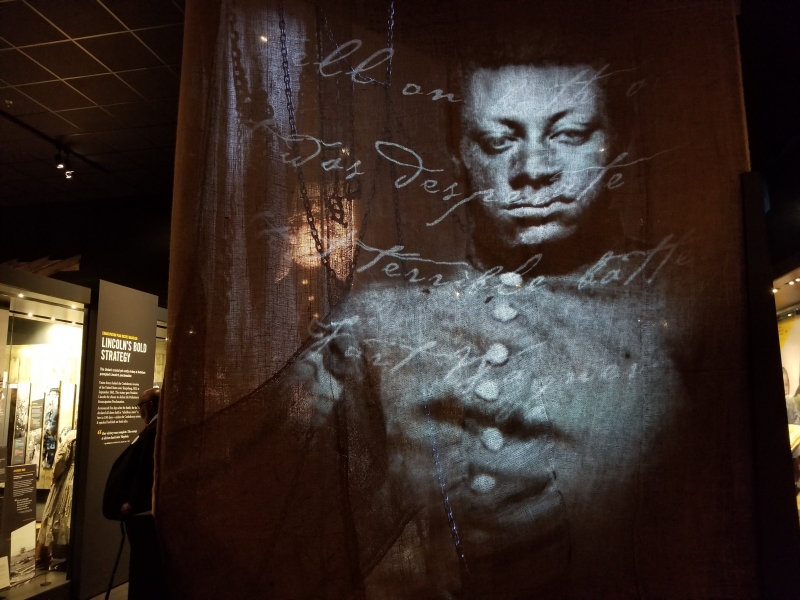
Rotating projections of images and quotes bring individual stories and experiences to life. (ZM)

Visitors can enter a theater stylized after the Mississippi River bluff at Vicksburg and watch a narrative program projected onto a fractured geometric screen, which alludes to the fractured feeling the fighting caused among the nation’s civilians and soldiers. (PC)
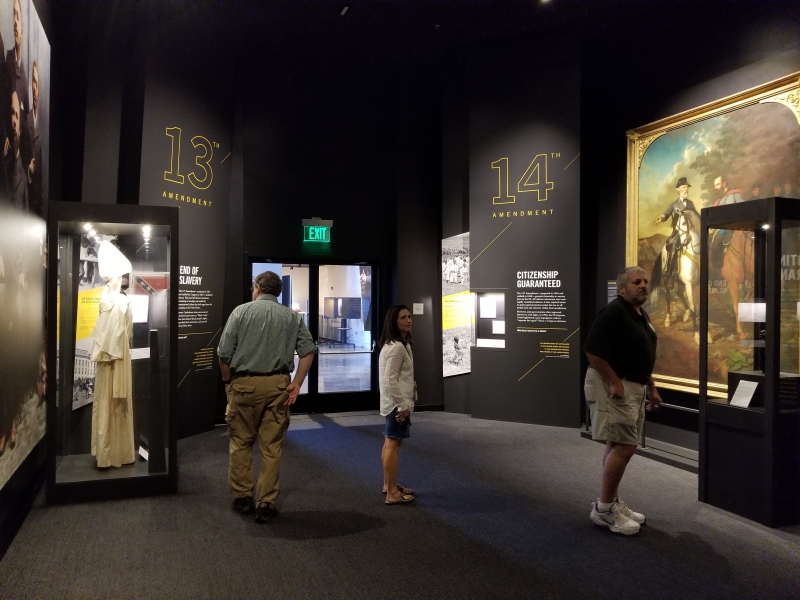
The museum’s final room shows the impact of the Civil War: more than a million casualties and over 750,000 deaths among soldiers alone. Also highlighted are the 13th, 14th, and 15th amendments, which abolished slavery, provided all citizens equal protection under the law, and extended voting rights to African-American men. (ZM)

